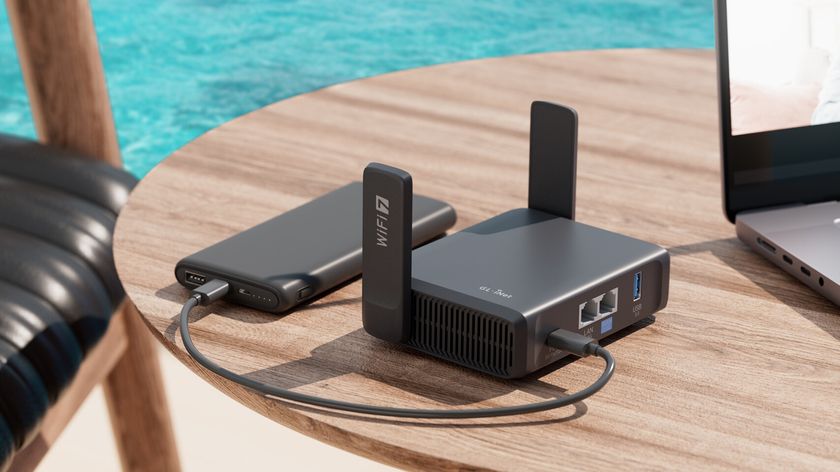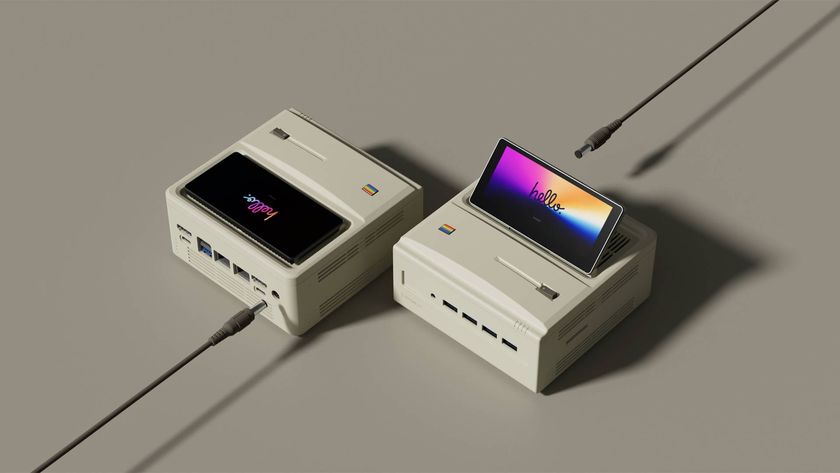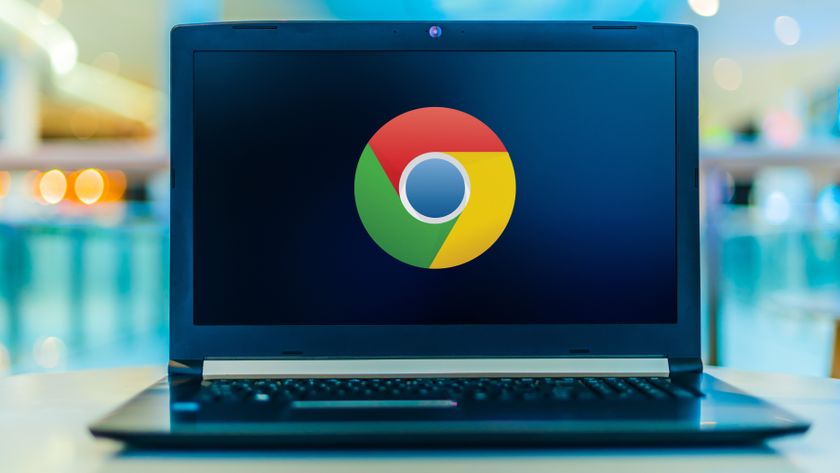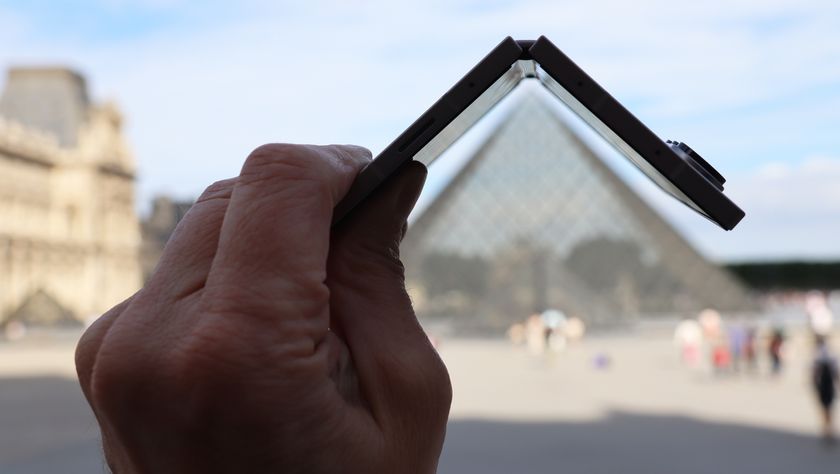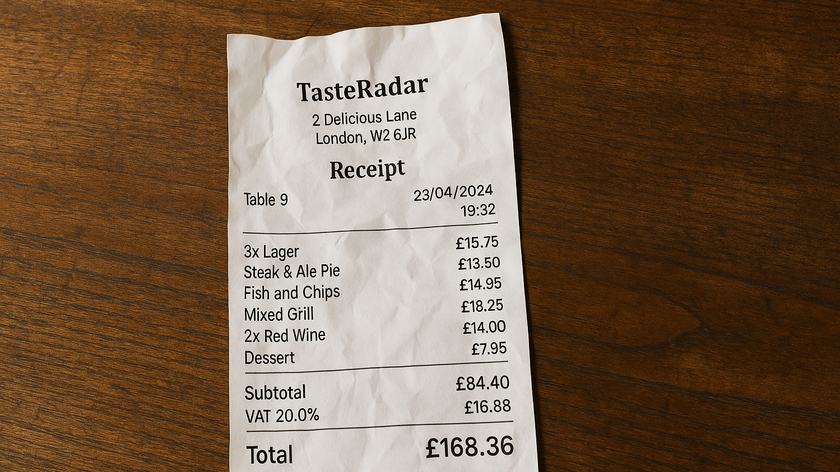Google explains why Chrome OS needed windows
And more on coming Google Drive integration
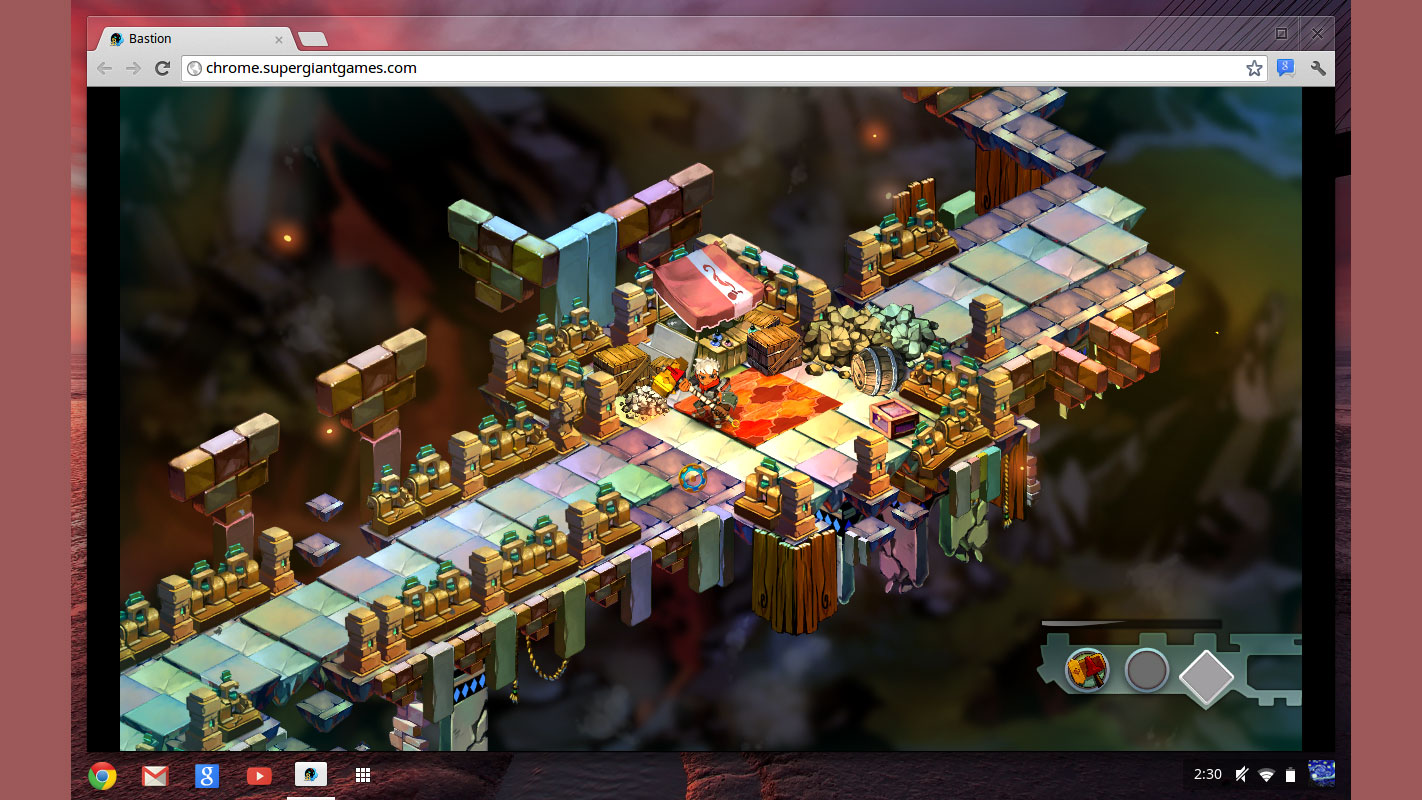
Google has explained the leaps and bounds that Chrome OS has performed in arriving at its latest stage, and given an insight into some of the changes in the latest devices.
Chrome OS has had a limited impact in its time, but has certainly come a long way and Google's vice president of engineering Linus Upson told TechRadar, in a briefing with a handful of journalists, that the company has been working frantically to make things better.
"It's been about 9 months since we launched first Chromebooks with Acer and Samsung and we've been busily working to make Chrome OS better and better in that time," said Upson.
"In fact we've done eight releases of the software to make user experience better and faster for all of the people who have the first gen Chromebooks.
"Some of the major accomplishments that we've had in the first year include speed...making the javascript, webkit and the browser as a whole faster.
"We've added GPU acceleration so graphics run much faster. When we pushed out an update recently with accelerated graphics a lot of our users started sending email saying their computer had got way faster overnight and that had never happened before!"
File types
As well as making sure that Chrome OS is capable of dealing with any file type thrown the arrival of a more coherent system to sync with cloud storage Google Drive is clearly a major box ticked for Upson.
Are you a pro? Subscribe to our newsletter
Sign up to the TechRadar Pro newsletter to get all the top news, opinion, features and guidance your business needs to succeed!
"The exciting thing is we've worked really hard to enable access for more file types," he added.
"You have always been able to click on web docs of course and pdfs would open in the web browser...but now you can open all Microsoft Office file formats. It's all built in, you click on a link and use instantly online or offline.
"In the release that's coming next we will have integration with Google Drive and that effectively becomes the file system for your Chrome OS.
"Across your PCs, phone and ChromeOS you access all your docs in the in the cloud, sync them and work with them offline."
Windows homage?
The arrival of a desktop, including a taskbar and multiple windows, will be a major talking point of the latest Chrome OS, and Upson talked about the need to change the UI to make multi-tasking easier.
"We had feedback that it was hard to multitask and people wanted to run two windows at the same time," he explained.
"At the same time we started to look at larger screens for the Chromebox and we wanted a more elegant windowing system so that people could use one window or run full screen if they wanted.
Upson:
"...mail, documents media, music photos movies, we've nailed all of those offline use cases for people and then the online experience is second to none."
"We've revised the core user interface of Chrome OS and people have responded positively to that as we rolled it out.
"The package of all these things together has taken us to a point where we are all very excited."
One major criticism of Google's Chrome OS has been the lmited functionality offline - but Upson believes that the company has "nailed" that in the improvements.
"For all the common use cases of offline: mail, documents media, music photos movies, we've nailed all of those offline use cases for people and then the online experience is second to none."
Patrick Goss is the ex-Editor in Chief of TechRadar. Patrick was a passionate and experienced journalist, and he has been lucky enough to work on some of the finest online properties on the planet, building audiences everywhere and establishing himself at the forefront of digital content. After a long stint as the boss at TechRadar, Patrick has now moved on to a role with Apple, where he is the Managing Editor for the App Store in the UK.





